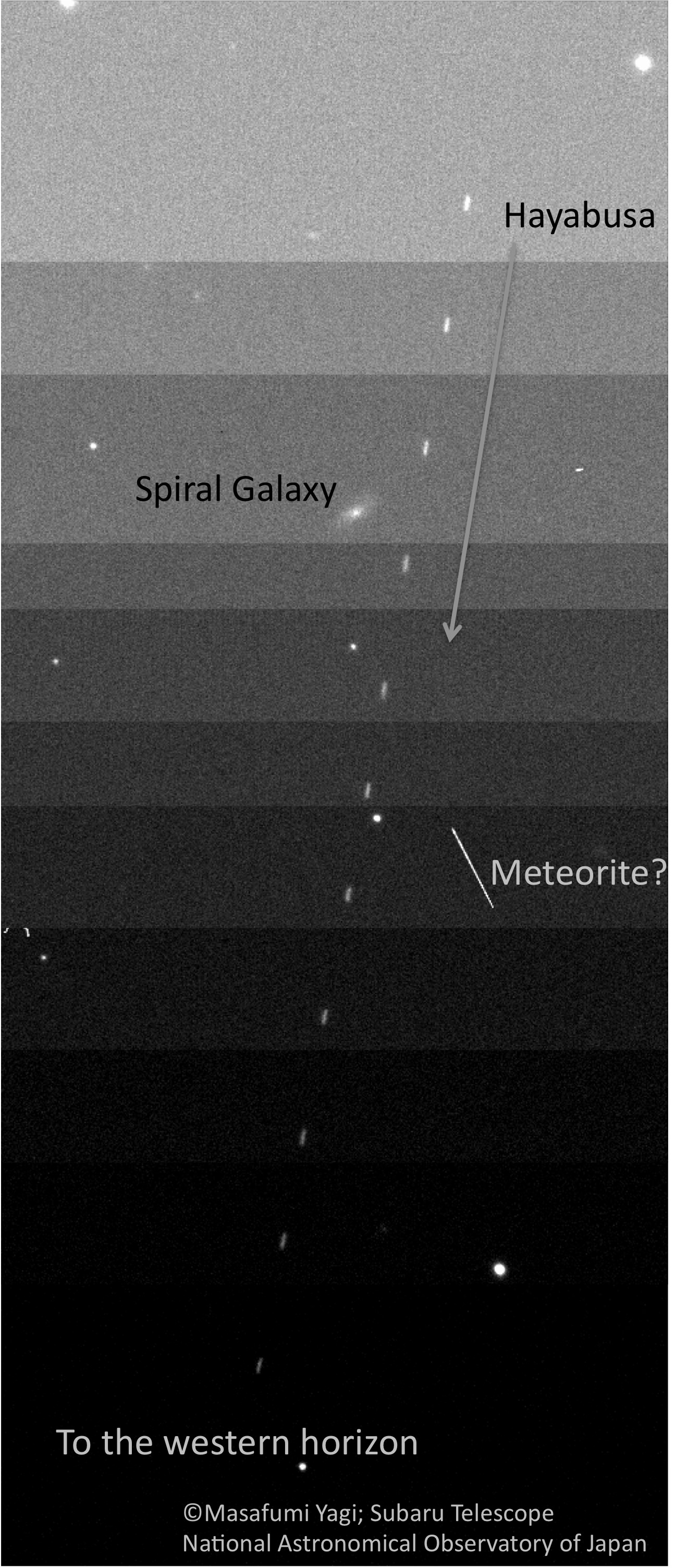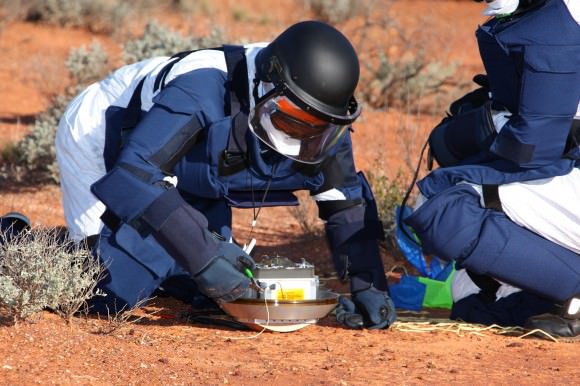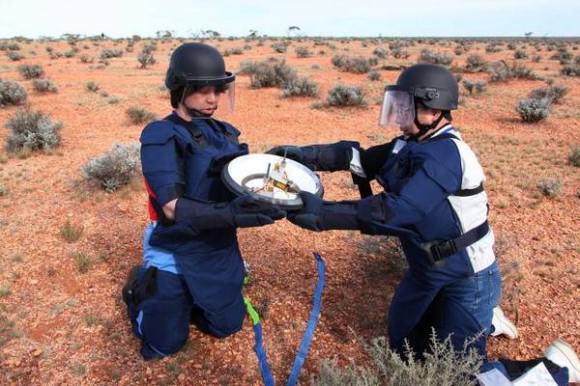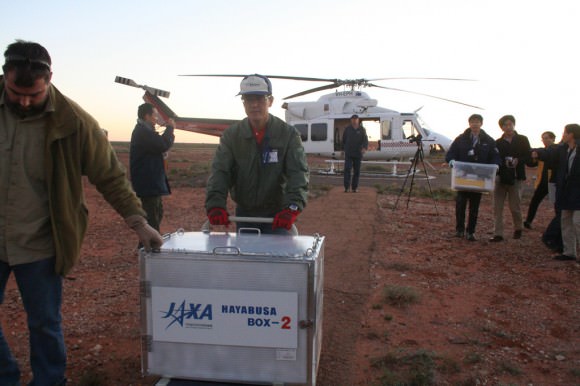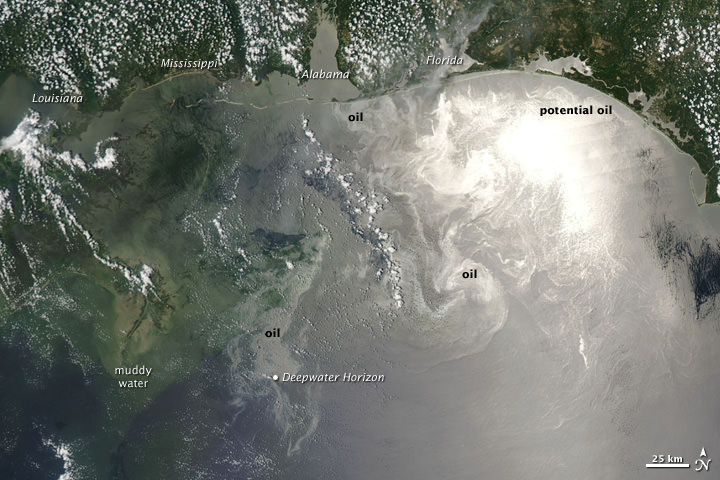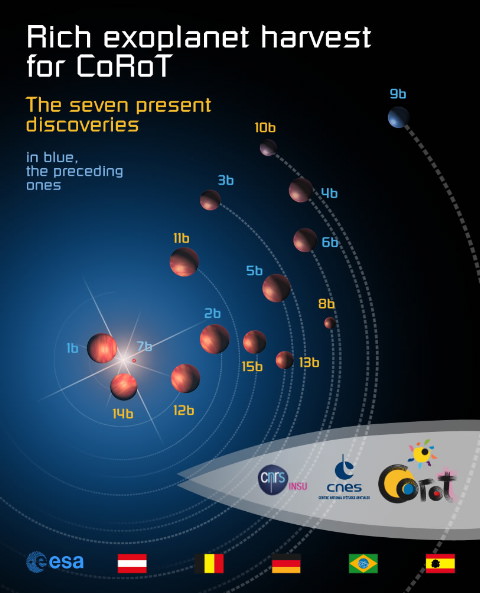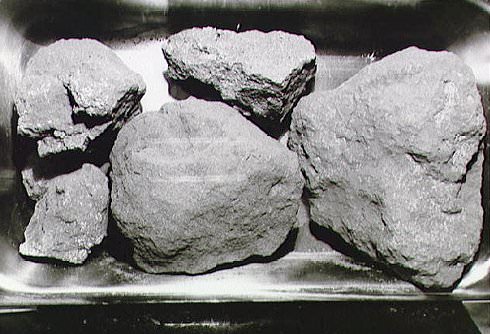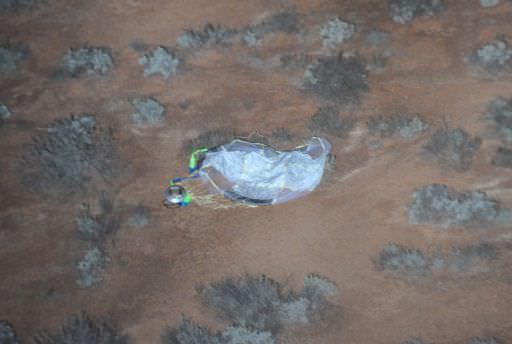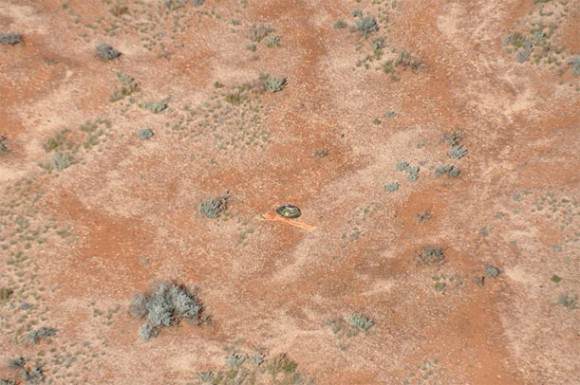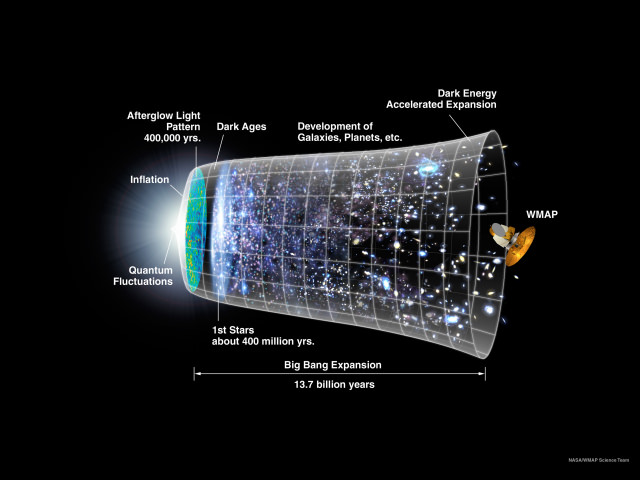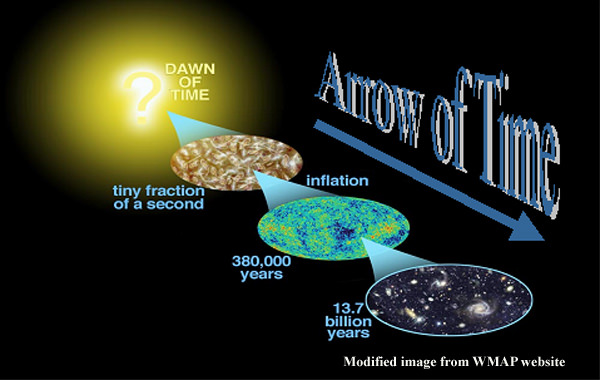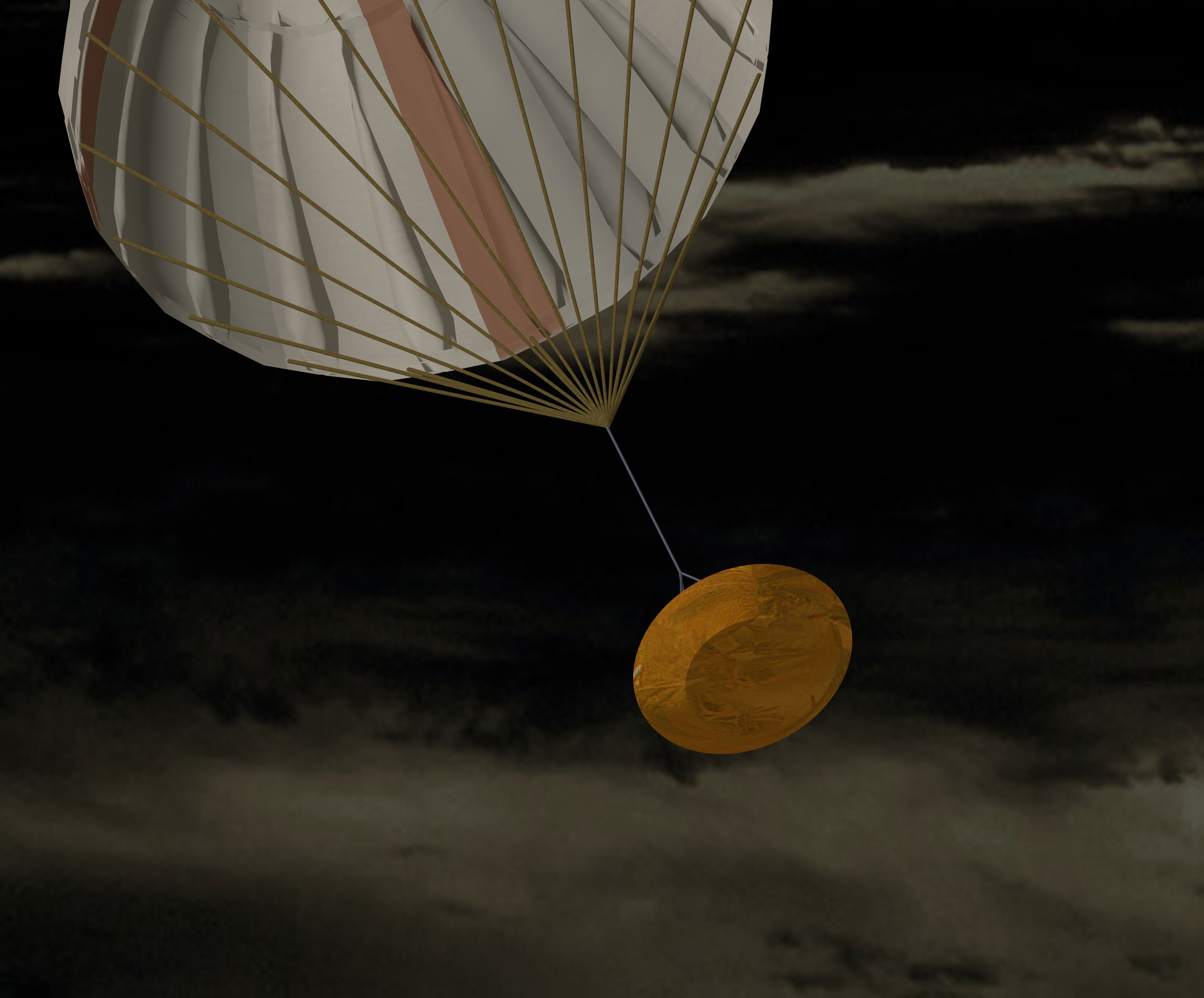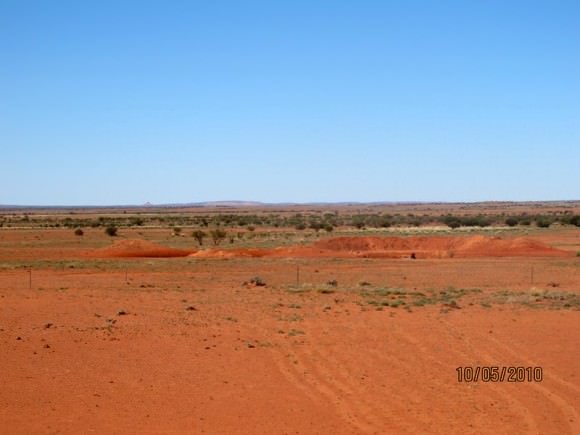[/caption]
The Kepler spacecraft has found over 750 candidates for extrasolar planets, and that is just from data collected in the first 43 days of the spacecraft’s observations. “This is the biggest release of candidate planets that has ever happened,” said William Borucki, Kepler’s lead scientist. “The number of candidate planets is actually greater than all the planets that have been discovered in the last 15 years.”
This is an astounding amount of potential exoplanets from data taken during such a short period of time, however Borucki added that they expect only about 50% of these candidates to actually turn out to be planets, as some may be eclipsing binary stars or other artifacts in the data. But still, even half would be the biggest group discovery of exoplanets ever.
And the exciting part is that 706 targets from this first data set have viable exoplanet candidates with sizes from as small as Earth to around the size of Jupiter. The team says the majority have radii less than half that of Jupiter.
The Kepler team has found so many candidates, they are sharing. They will keep the top 400 candidates to verify and confirm with observations using other telescopes – with observations done by Kepler team members. And today they have released the other 350 candidates, including five potential multiple planet systems.
However, some astronomers are upset about this and think the Kepler team should release all of their findings from the first year, as is typically done with NASA data.
Kepler launched on March 6, 2009, and has been on the hunt for exoplanets. Of course, the holy grail is finding an Earth-like or Earth-sized planet, especially those in the habitable zone of stars where liquid water and possibly life might exist. In the spring of 2009 the Kepler Mission conducted high precision photometry on nearly 156,000 stars to detect the frequency and characteristics of small exoplanets. Kepler studied an area in the constellation Cygnus, looking for the small changes in light that would signal a planet passing in front of its star.
But it takes time to verify candidates and find out if they are actually exoplanets. Usually, confirming the transit of an extrasolar planet requires observations of three different transits. While NASA’s policy requires astronomers to release their data from NASA instruments in a year, the Kepler team has worked out an agreement with the space agency so they can keep a certain portion of their data until they actually have time to verify this huge amount of exoplanet data. Between launch delays of other telescopes, cloudy nights for Earth based telescopes, and viewing a part of the sky that is only visible from the ground from April until September, they haven’t had the observing time they needed to check out all their planet candidates. The extension of the deadline gives the Kepler team the time to make sure they have gone through and found all the false positives and other potential misinterpretations of the Kepler data.
Dennis Overbye in the New York Times has written an article that delves more deeply into this little controversy. What is propriety data, and what is public? It’s a tough argument either way: scientists who have put years of their life into building a spacecraft should have the time they need to verify their data. But others feel the science should be open and available, and a policy is a policy: the deadline for releasing the data is here.
Whatever your feelings on open or closed data (and the Kepler team is only getting an extra six months on just part of their data, by the way), you have to be impressed with the quantity of potential exoplanet finds. And Kepler still has at least two years left of observations.
Papers of interest:
Five Kepler target stars that show multiple transiting exoplanet candidates


